5 reasons why you should clean garden pots – and how skipping this step is killing your plants
Dirty pots can harbor all manner of pest and plant-damaging potential

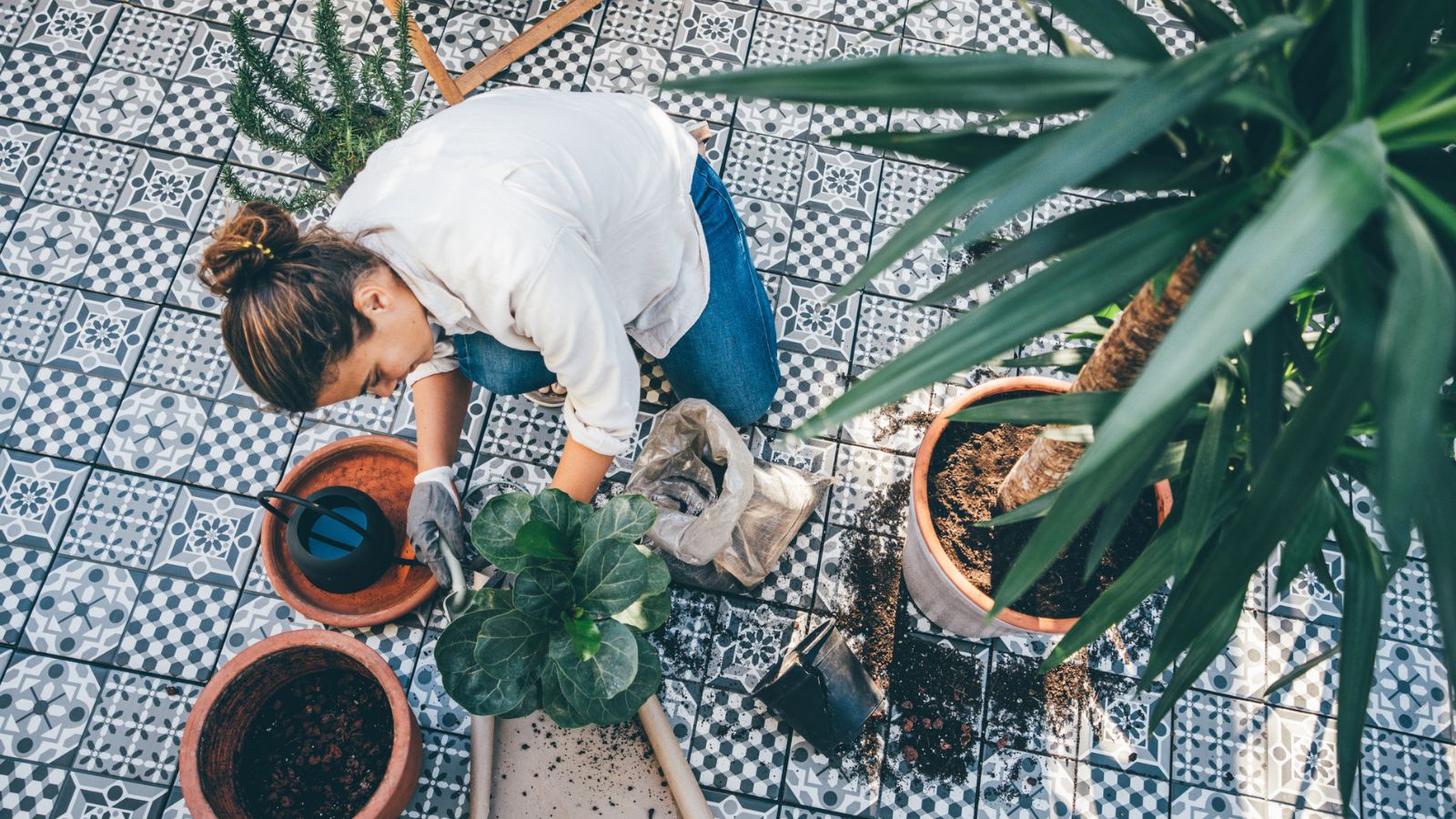
Whether intentionally or not, most gardeners tend to accumulate a stockpile of garden pots. From plastic pots we've brought home from a plant nursery and have since re-used for seedlings to trays for propagation to large terracotta pots used for beautiful summer displays, these containers can often be a little neglected, and sometimes quite dirty.
Of course, many of us clean our flower pots regularly with the hosepipe as we're watering our plants, or clean terracotta pots at the start of the season before we plant them up so they look smart on our patios.
But how many of us are cleaning garden pots on the inside, or even thinking about the dangers posed to our container gardening ideas by not doing so?
As a keen gardener, I know I have accumulated a collection of pots, modules, and seed trays over the years. And, as a former professional gardener, I have seen potting sheds overflowing with hundreds of pots. One thing I have learnt in my career is that cleaning garden pots is a vitally important part of growing healthy plants, and ignoring this step can lead to the spread of pests, plant disease and poor growth. This is why.
Should I clean my garden pots?
The short answer is: yes. If you are planning on reusing plant pots or garden planters, there are some precautions you should take. Below, I go into why, and what to do.
1. Plants grown in pots are more susceptible to disease

Diana Cox, founder of TheGardeningTalk, warns that: 'Plants grown in pots are more susceptible to disease because they are contained in a small space and do not have access to the same amount of natural resources as plants grown in the ground.'
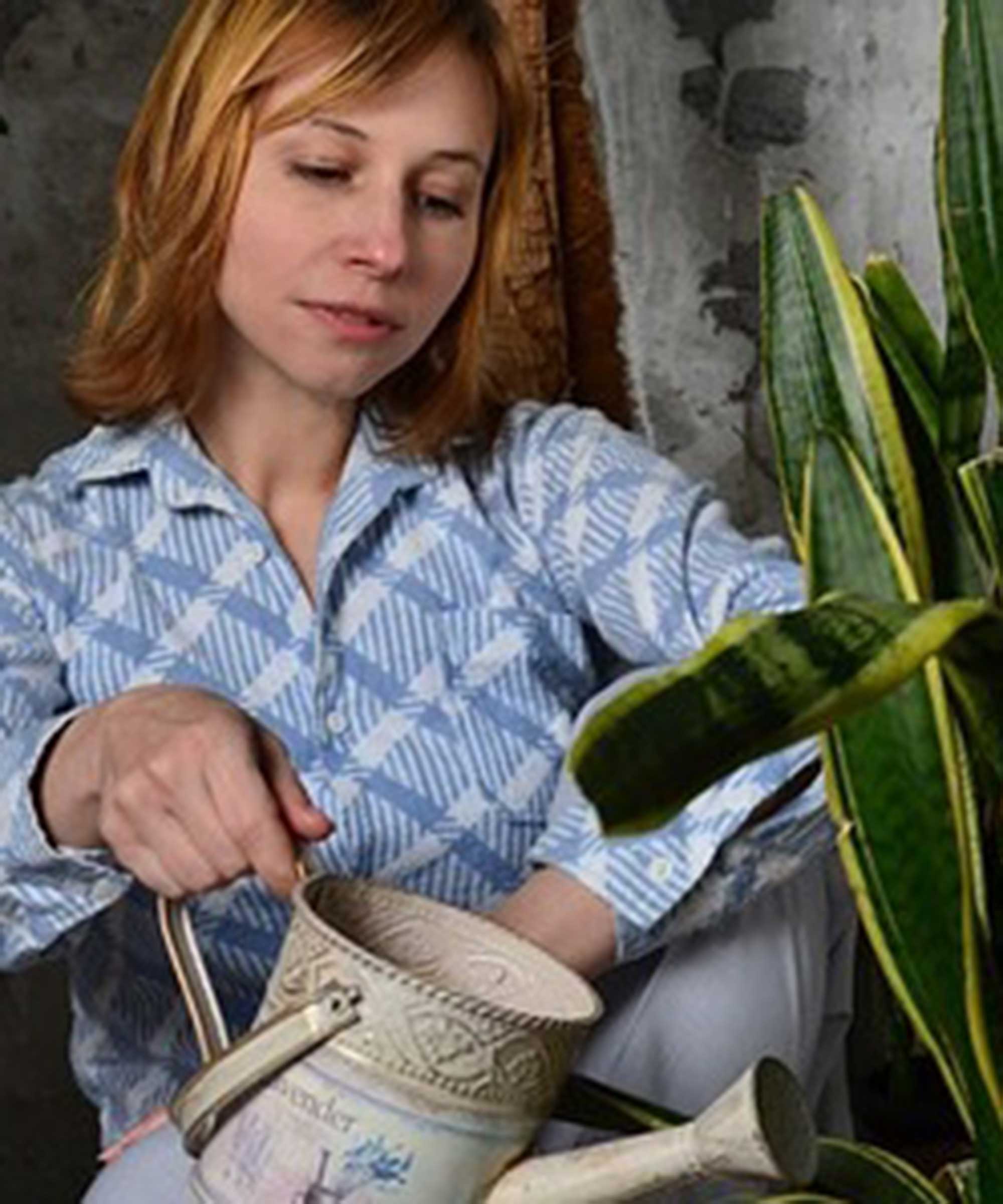
Diana Cox is the proud founder of TheGardeningTalk.com and has over a decade of gardening experience. Through her blog, she aims to inspire and motivate fellow gardeners by sharing practical techniques that are grounded in both personal experience and thorough research.
2. Cleaning pots kills unseen plant diseases

Bacteria, viruses, and fungi can be present in any old soil left in pots. The pots need to be cleaned and sterilized thoroughly to ensure these do not end up affecting, and potentially killing, any future seedlings or plants that may call these pots home.
Design expertise in your inbox – from inspiring decorating ideas and beautiful celebrity homes to practical gardening advice and shopping round-ups.
Diana Cox at TheGardeningTalk warns that pots can 'become a breeding ground for pests and diseases' and claims it is vital to 'regularly clean and sanitize' them to keep plants healthy and prevent any spread of pests and diseases.
'Cleaning plant pots is an essential part of plant care and maintenance. Not only does it keep your pots looking neat, but it also helps prevent the spreading of diseases and pests.'
'By regularly cleaning your pots, you can help to prevent the build-up of bacteria and fungi, which can cause diseases in your plants.'
3. Cleaning pots is part of pest control
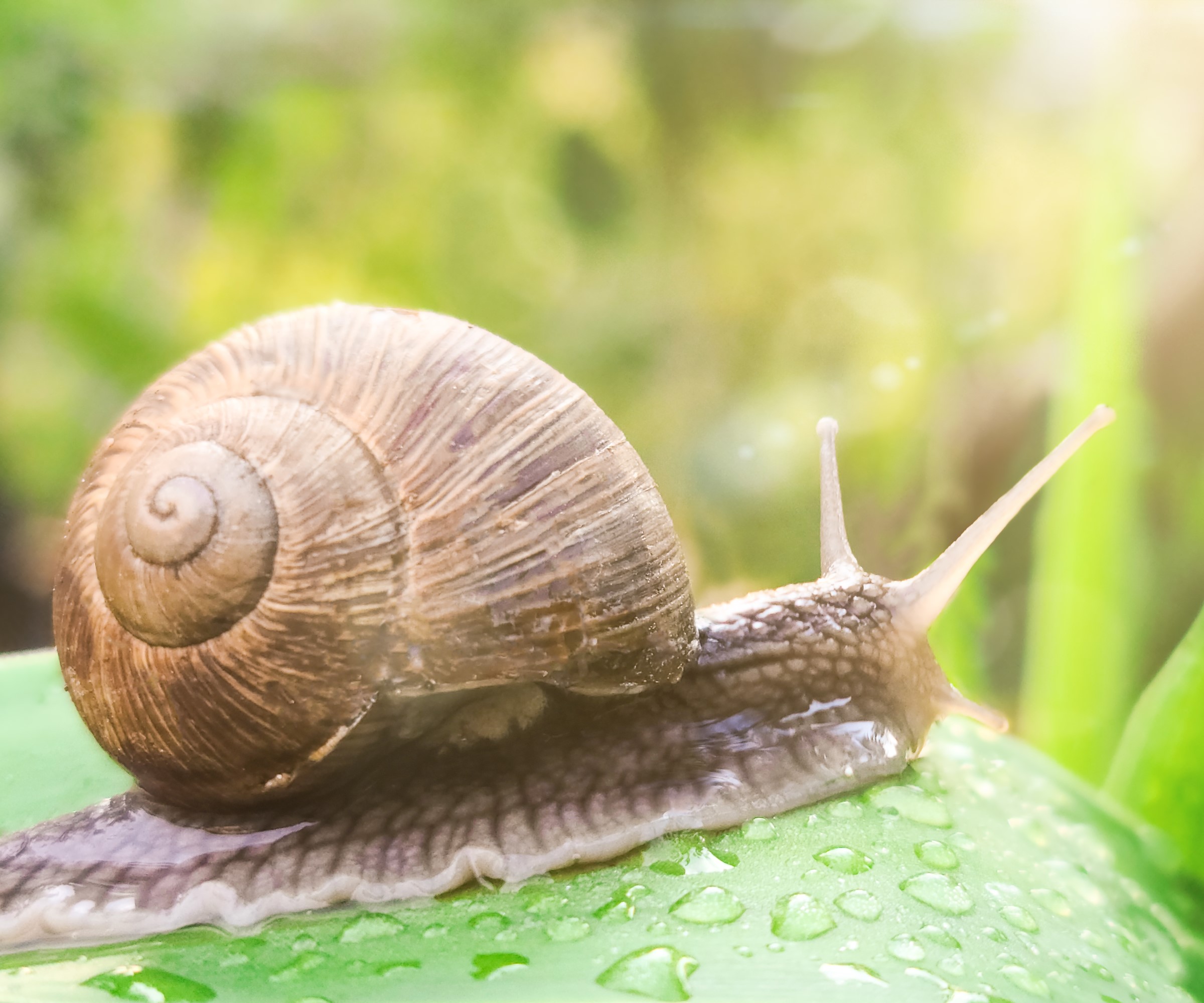
Cleaning pots before reuse gives you an opportunity to tackle garden pests.
'You can also remove any lingering pests, such as aphids or spider mites, which can quickly multiply and infest your plants,' adds Diana Cox.
Fungus gnats and some species of mealybug can also overwinter in any soil left in pots, while pots can be the perfect breeding grounds baby slugs and snails, who love to feast on young seedlings.
4. Cleaning pots removes damaging minerals
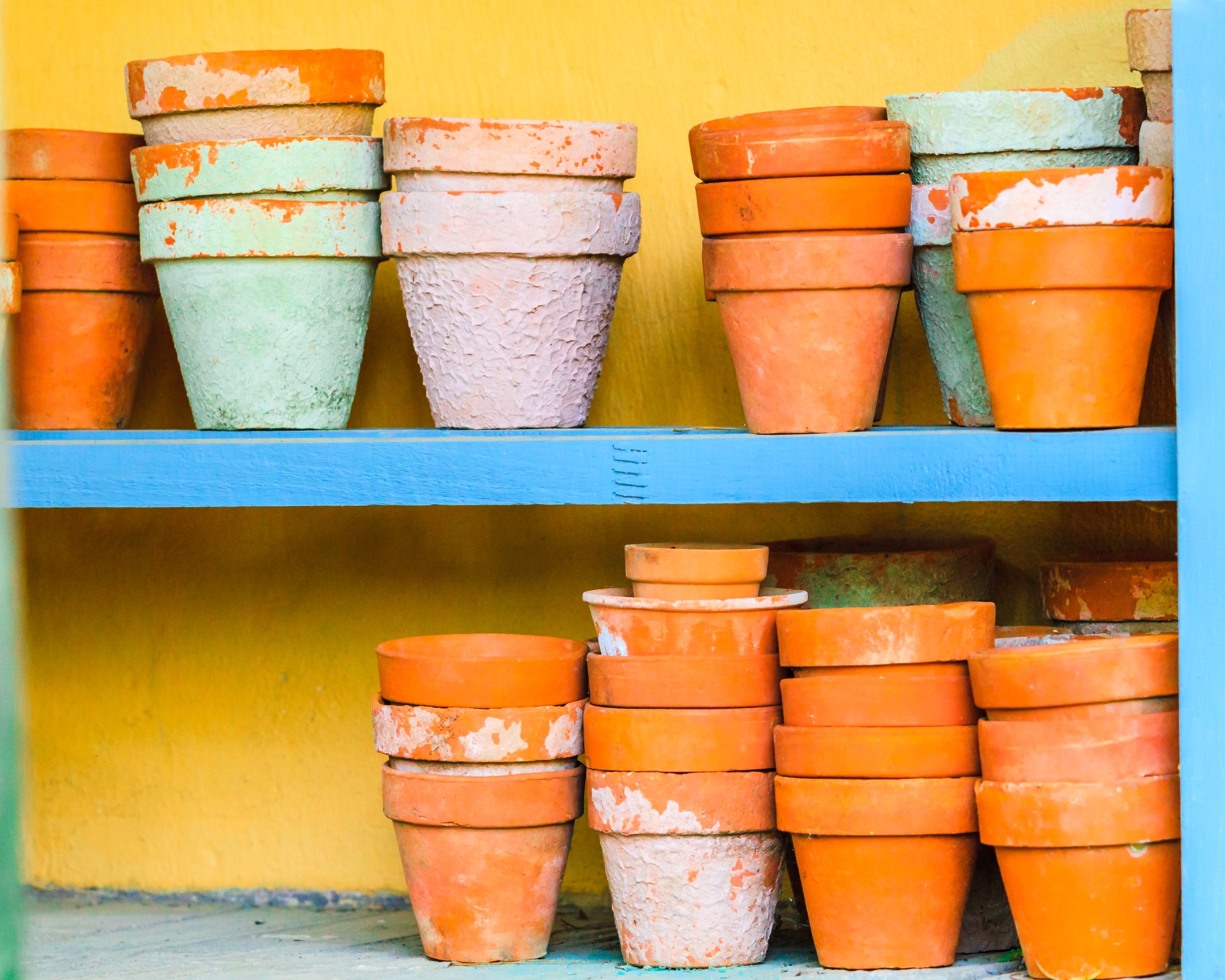
Terracotta pots can last for many years when properly maintained
You may notice a build-up of white ‘crust’ when you inspect your terracotta or clay garden pots. These deposits are a residual build-up of minerals and salts that come from fertilizers and tap water.
The build-up can happen on both the inside and outside of pots and Vladan Nikolic, founder of MrHouseplant warns that this crust is 'not merely an aesthetic issue' and can actually harm a plant’s health.
He adds: 'Over time, the accumulated minerals and salts can burn roots. These deposits can also affect the pH of the soil and block the absorption of essential nutrients.'
This build-up needs to be cleaned off thoroughly to ensure the health of plants going into the pot. If you want to help slow down the build up of this crust, one simple method is to start watering plants with rainwater instead of tap water. You can also look into watering plants with distilled water.
5. Cleaning plant pots is an aesthetic choice
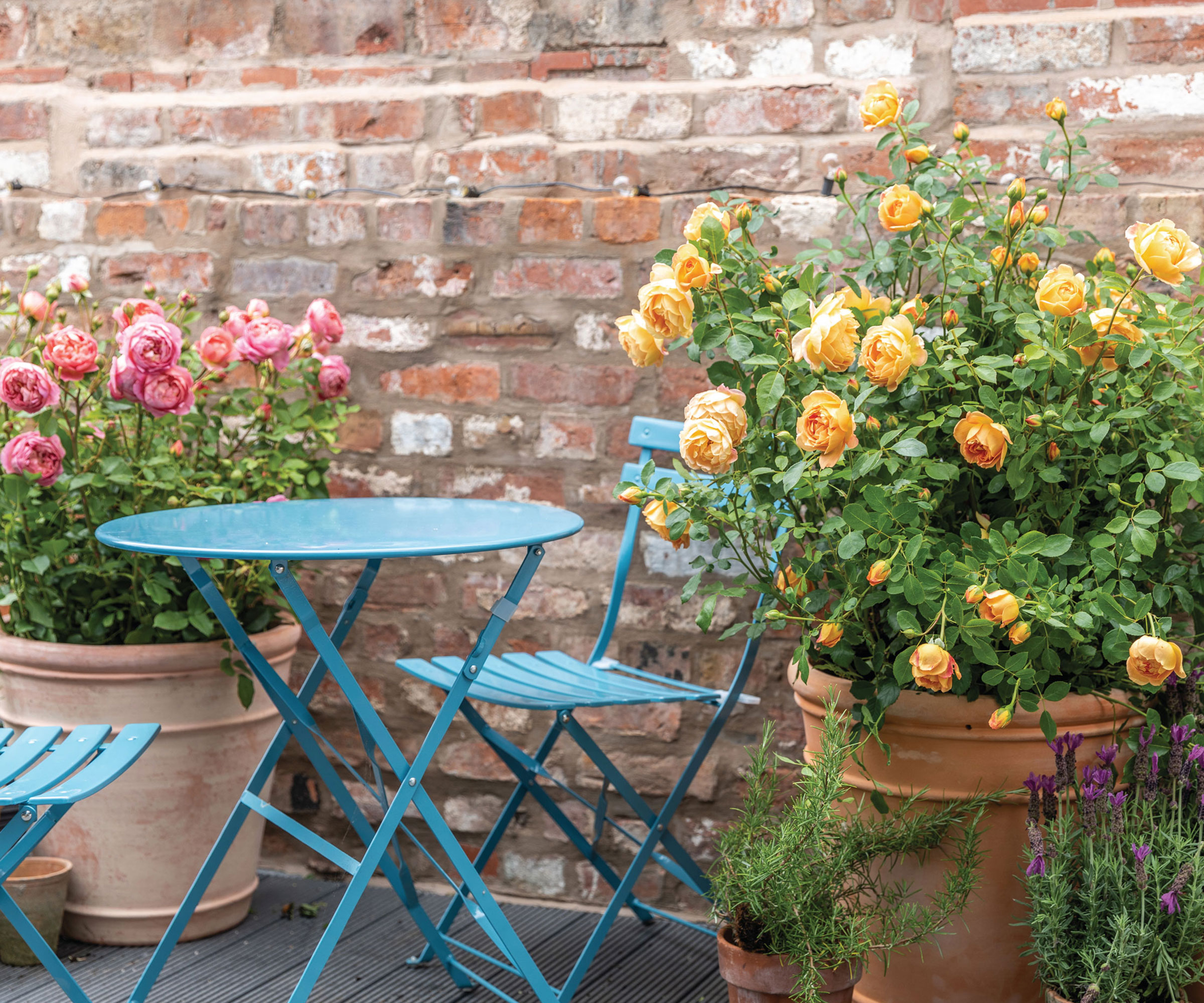
As well as helping against pests and diseases, cleaning garden pots can also be a useful tool in simply sprucing them up again. Pots of all materials can start to look faded and dirty after a season out in the elements and, for many, it could have been many years since their last good scrub.
Lindsey Hyland, creator of Urban Organic Yield, says: 'Cleaning plant pots makes them look fresh and new again, allowing you to enjoy your garden much more.'
The process of cleaning your pots will beautify the garden and help it look clean, organized, and ready for the coming summer. Unclean pots do not look attractive and that can be a particular issue when it comes to indoor plants.

Lindsey Hyland is the founder of Urban Organic Yield. She grew up in Arizona and attended the University of Arizona’s Controlled Environment Agriculture. She has worked on various organic farms and shares her gardening journey on Urban Organic Yield.
FAQs
Why reuse garden pots?
The gardening sector as a whole uses a lot of plastic and unfortunately that makes it a contributor to the global problem of plastic pollution. An astronomical number of plastic plant pots and trays go to landfill every year. A study by the magazine Horticulture Week in 2018 found as many as half a billion plastic pots ended up in landfill or incineration plants every year in the UK alone. Imagine how that multiplies for the US! Such plastics are estimated to take up to 500 years to decompose.
Nowadays many people’s mindsets have moved away from this throw-away culture, but the amount of pots thrown in the garbage is still too high. While there are many alternatives to plastic pots available nowadays, such as those made from coir (Burpee has a huge range of biodegradable pots on Amazon), the best way to deal with those already in sheds, garages and storerooms is to keep using them for years to come, rather than replacing them.
Mohammed Bhula owner of The Botanical Archive, says: 'Reusing plant pots is an incredibly important way to help protect our environment. Tons of pots go into landfills every year and plastic pots in particular take decades to break down. In order to do our bit we recommend reusing plant pots wherever you can.'
How best to clean pots for reuse?
To clean garden pots of any material there are a few simple things you need to do. Firstly, brush the inside out with a stiff brush to remove any debris clinging to the pot. A mix of vinegar and water (a solution of one part each) can be poured into the pots and allowed to soak for up to 30 minutes. Then rinse them and let them air dry before using or storing.
When you clean and sterilize pots, ensure to keep them away from any dirty ones afterwards as you do not want to contaminate them. Your pots, and your plants, will thank you for giving the containers a new lease of life for another gardening year.

Drew has worked as a writer since 2008 and was also a professional gardener for many years. As a trained horticulturist, he worked in prestigious historic gardens, including Hanbury Hall and the world-famous Hidcote Manor Garden. He also spent time as a specialist kitchen gardener at Soho Farmhouse and Netherby Hall, where he grew vegetables, fruit, herbs, and cut flowers for restaurants. Drew has written for numerous print and online publications and is an allotment holder and garden blogger. He is shortlisted for the Digital Gardening Writer of the Year at the 2025 Garden Media Guild Awards.